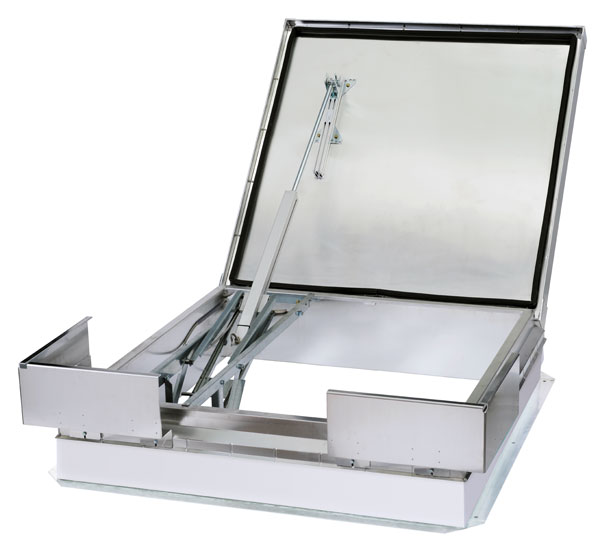

The importance of fire safety within buildings has been very much in the spotlight recently. The annual Fire Door Safety 2018 campaign, running from 24th-30th September, focusses on the importance of ensuring fire doors are properly installed, maintained and regularly inspected so that they are fully functional and fault free.
The campaign presents some revealing statistics. An inspection of 677 doors carried out on 31 sites revealed a total of 2506 faults!
Only as strong as the weakest link…
This was also the week that we heard some emotive statements from senior fire officers being questioned at the Grenfell Tower Inquiry.
"You wouldn't expect fire to spread around the building like it did on the outside. And for it to fail so catastrophically - we'd never expected or anticipated that.”
"We would not expect the internal protection to fail so badly as well.”
“It was the complete failure of the building system that caught me by surprise.”
Worrying words indeed, and, a stark reminder that when it comes to minimising the risk from fire to lives and property the responsibility for fire prevention is far-reaching if failure is to be avoided.
Shared responsibility and liability
Architects, specifiers, building contractors, manufacturers, property owners and landlords all have their part to play in ensuring that the external and internal fabric and building systems will not fail when it comes to preventing a fire from spreading. From designing legible buildings that can be easily evacuated and accessed by emergency services to the use of non-combustible materials in construction to adhering to, and exceeding, specifications and facilitating regular fire assessments – fire safety has to be the primary consideration for every aspect of a building.
A holistic approach - active and passive fire protection systems
Active fire protection systems, such as smoke and heat detectors, fire alarms, sprinkler systems, fire extinguishers and blankets are used to detect a fire, to warn occupants to facilitate a prompt evacuation, to slow down the spread of the fire and to put the fire out.
There is also a requirement for passive fire protection systems that aim to compartmentalise a building into smaller areas, reducing the rate at which smoke and fire can spread. Certified fire doors, walls and floors, intumescent paint, gap filling measures – such as collars, strips and foam and fire/smoke dampeners can help to reduce the amount of damage if a fire does occur. Passive fire protection systems also increase the amount of time available for the occupants of the building to be evacuated safely reducing the risk to life.
Bilco Natural Smoke and Heat Exhaust Ventilators (NSHEV) – a multi-functional fire safety solution
The Natural Smoke and Heat Exhaust Ventilators (NSHEV) supplied by Bilco fulfil the roles of smoke extraction, a means to provide controlled ventilation to manage the internal temperature within a building and can also offer a way to access the roof area easily and safely.
NSHEV help to exhaust smoke and noxious fumes from many types of buildings. By drawing smoke, heat and fumes upwards the visibility is increased at lower levels giving occupants increased visibility for evacuation and a decreased risk of smoke inhalation. The enhanced visibility also assists firefighters to locate the source of the fire. Drawing the smoke and heat from the building protects against secondary ignitions and lateral fire spread and reduces damage to the building structure and building contents.
Standalone or fully integrated system
A number of different control systems can be supplied with the Bilco smoke vent depending upon requirements. The control unit for the smoke vent can be standalone or it can be integrated into a fully networked fire alarm or BMS system
Typical applications for Bilco NSHEV include:-
High rise housing
Schools and Universities
Offices and commercial buildings
Manufacturing plants
Hospitals
Care homes
Warehouses and distribution centres
Retail Centres
Aircraft hangers
Auditoria
Concert halls and theatres
Convention centres
Want to find out how you can improve the fire safety of your building?
Get in touch today to discuss your requirements and to find out how Bilco Natural Smoke and Heat Exhaust Ventilators (NSHEV) could help you to fulfil your fire safety responsibilities. Call 01284 701696.

The ESW-50 REM Smoke Vent from Bilco UK
Bilco CPD Seminars
Book your place today >>
Looking for our latest Brochure, BIM Drawings or NBS Specifications?
View our Resource Centre »